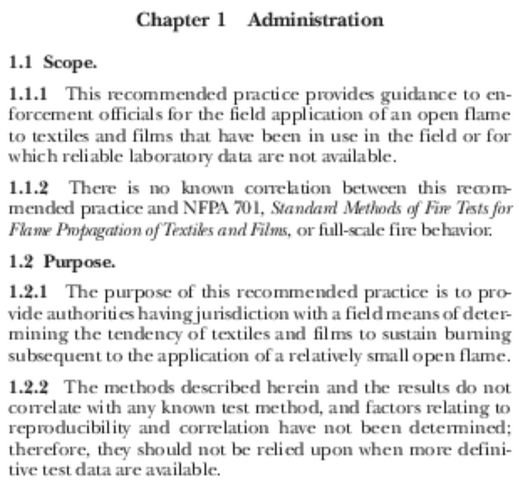mtodd2qq
Member
Hi everyone I am Marcus and have been a long time follower here. I have never had to post but I have run into a situation where I need some help. And this will somewhat longer then I would like because I want to fill in som background to help everyone understand what I am looking for.
I have been in the industry for over 20 years and have been teaching for 15 years. I entered theatre in my mid twenties after working 6 years heavy construction and manufacturing. Went back to college, took a theatre class as a general studies credit and have been here ever since.
A little back ground info:
Currently I am theatre technical faculty and resident TD at a small rural college where we have a thrust stage, a dance space, and a black box. I have been here three years and am the first tech/production person, educated with an MFA, that has ever been here. What they have had is a two person design faculty. One person doing costumes and the other designer doing everything else. I have found that the former designer/designers had made a number of personal modifications to the venues for his/their own design purposes. Examples, (and the big ones,) sections of the lighting grind had been cut out, homemade follow spot positions had been (poorly) crafted and hung from the ceiling, homemade doors ways cut into the walls of the theatre, safety railing cut out. Just lots and lots of WTF. I am getting most of it fixed and repaired but it is slow going. And the majority of the faculty....I am not going to go into that. Right now I am looking into our venue curtains, which have not been cleaned since 85 or 93, when they were purchased. They are no longer flame retardant and will probably be a liability if we have a fire. I am getting push back on getting them treated and why is this my concern?
This is were I could use some help. I have always heard that since I know what the safety risks are, that I can also be held liable if something were to happen. Does anyone out there actual know where this is written down at, or what civil codes I can point to? I found if I point to the documentation, like the IFC or NFPA, or best practice articles, it get things moving. But I am also worried I have hit the saturation point, and things will stop. I want to know where I sit in this and if its time to maybe move on. Thanks
I have been in the industry for over 20 years and have been teaching for 15 years. I entered theatre in my mid twenties after working 6 years heavy construction and manufacturing. Went back to college, took a theatre class as a general studies credit and have been here ever since.
A little back ground info:
Currently I am theatre technical faculty and resident TD at a small rural college where we have a thrust stage, a dance space, and a black box. I have been here three years and am the first tech/production person, educated with an MFA, that has ever been here. What they have had is a two person design faculty. One person doing costumes and the other designer doing everything else. I have found that the former designer/designers had made a number of personal modifications to the venues for his/their own design purposes. Examples, (and the big ones,) sections of the lighting grind had been cut out, homemade follow spot positions had been (poorly) crafted and hung from the ceiling, homemade doors ways cut into the walls of the theatre, safety railing cut out. Just lots and lots of WTF. I am getting most of it fixed and repaired but it is slow going. And the majority of the faculty....I am not going to go into that. Right now I am looking into our venue curtains, which have not been cleaned since 85 or 93, when they were purchased. They are no longer flame retardant and will probably be a liability if we have a fire. I am getting push back on getting them treated and why is this my concern?
This is were I could use some help. I have always heard that since I know what the safety risks are, that I can also be held liable if something were to happen. Does anyone out there actual know where this is written down at, or what civil codes I can point to? I found if I point to the documentation, like the IFC or NFPA, or best practice articles, it get things moving. But I am also worried I have hit the saturation point, and things will stop. I want to know where I sit in this and if its time to maybe move on. Thanks



